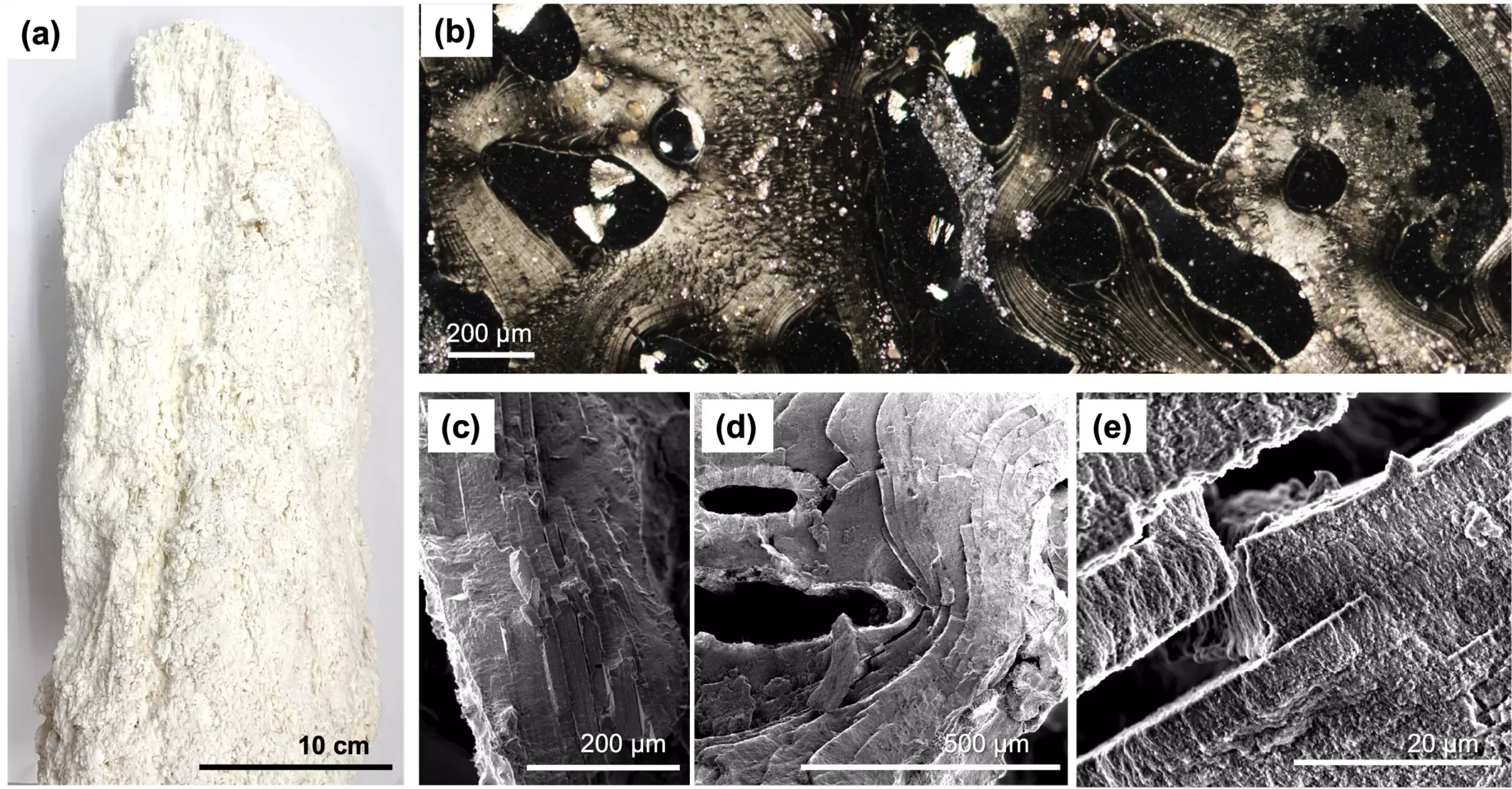Amidst the dark, murky depths of the ocean, researchers are unraveling secrets that could redefine our understanding of life on Earth and energy generation. A groundbreaking study led by Ryuhei Nakamura at the RIKEN Center for Sustainable Resource Science (CSRS) has revealed intriguing inorganic nanostructures at deep-sea hydrothermal vents that closely resemble the very molecules that underpin biological life. This revelation not only sheds light on the origins of life but also has significant implications for sustainable energy solutions.
The discovery was published on September 25 in *Nature Communications*, presenting a compelling perspective on how energy can be harnessed from unique geological formations. Deep-sea hydrothermal vents, where ocean water seeps into the Earth’s crust, is heated by magma before erupting back to the surface, create an environment rich in energy and minerals. This process, responsible for the formation of solid precipitates as mineral ions crystallize when the hot water meets the cold ocean, is critical in the search for life’s beginnings; these vents provide a stable, nutrient-rich milieu essential for life.
The unique chemistry at hydrothermal vents is akin to a theatrical performance; it features multi-faceted interactions between heat, minerals, and water. Serpentinite-hosted hydrothermal vents, in particular, have drawn the attention of scientists due to their complex layered structures made from metal oxides, hydroxides, and carbonates. Nakamura’s team discovered that osmotic energy conversion—a fundamental process in modern organisms—can occur in these geological environments without direct biological intervention.
This finding is striking. It suggests that life may have emerged from natural processes that mimic biological functions, such as energy conversion, rather than being a mystical event confined to a specific time and place. The vent environments are increasingly being recognized as fertile grounds not just for microbial life but also for our understanding of energy systems.
One of the standout findings from the research involves the role of brucite—a mineral that was crucial in their experiments. By analyzing an 84-cm sample collected from the Shinkai Seep Field in the Mariana Trench, researchers utilized advanced imaging techniques to illuminate a previously unseen world of crystalline nanostructures. They discovered that the brucite had organized into columnar formations, effectively functioning as nano-channels for vent fluids.
The electrical charge at the surface of these precipitates varies, demonstrating properties akin to the voltage-gated ion channels found in living cells. This dynamic charge allows for selective ion transport, unveiling a fascinating parallel between geological formations and biological systems. When subjected to varying concentrations of potassium chloride, the samples showed that conductance was directly linked to salt concentration, marking a significant correlation between ion gradients and energy generation.
The potential applications of this research extend into the realm of industrial energy harvesting. Currently, technologies exploit salinity gradients between seawater and freshwater to yield energy—a process known as blue-energy harvesting. Understanding the mechanism behind the spontaneous formation of ion channels may pave the way for more efficient synthetic methods to harness osmotic energy.
Nakamura highlighted this prospect, suggesting that equipping engineers with insights into the natural processes at work in hydrothermal vents could lead to innovative advancements in energy technology. The parallels drawn between the nanostructures found in these environments and biological energy systems create a promising foundation for sustainable practices in the face of an energy crisis.
In essence, the revelations from the depths of the ocean compel us to reconsider the relationship between life and its environment. The existence of self-organizing structures that simulate essential biological processes leads to profound questions about the evolutionary pathways of life. If such processes can occur abiotically, how does this change our understanding of life’s origins?
Moreover, as humanity wrestles with energy shortages and climate change, the exploration of natural models like those found in hydrothermal vents could inspire a new generation of sustainable energy technologies. Embracing the lessons from the natural world offers not just insights into our past, but also valuable tools for shaping a sustainable future. By learning from the molecular intricacies that govern energy conversion in nature, we may unlock novel approaches to meet contemporary energy needs—reminding us that sometimes the most profound answers lie deep beneath the surface.


Leave a Reply